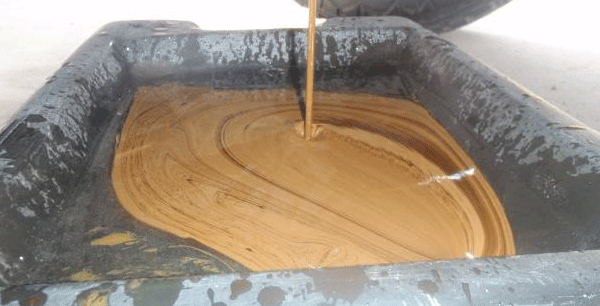What Your Motor Oil Color Means Color in general shouldn’t indicate any immediate action without an oil analysis test to validate anything out of the ordinary. No, you should not be alerted if your oil looks dirty. Is that dirt? While color could indicate an issue, keep in mind oil that appears ‘bad’ has often […]
You are browsing archives for
Tag: soot
Can I Use The Same Oil Filter Twice?
Oil Filter Questions Answered – Use an Oil Filter Twice? John Baker|Jun 14, 2019 2:00 PM In theory, your filter has a simple job: capture wear-causing contaminants and hold them in the filter media so they don’t run amok inside your engine. But lots of factors can throw a wrench into this plan, which can […]
Why Does Motor Oil Turn Black?
Motor Oil Turning Black Isn’t an Indicator of Bad Oil John Baker|Oct 11, 2018 2:00 PM What causes black motor oil? And when your oil darkens does it mean it’s time to change it? Well, there are a couple of factors that can cause the former. Let’s dig in. Factors causing black motor oil Heat […]


